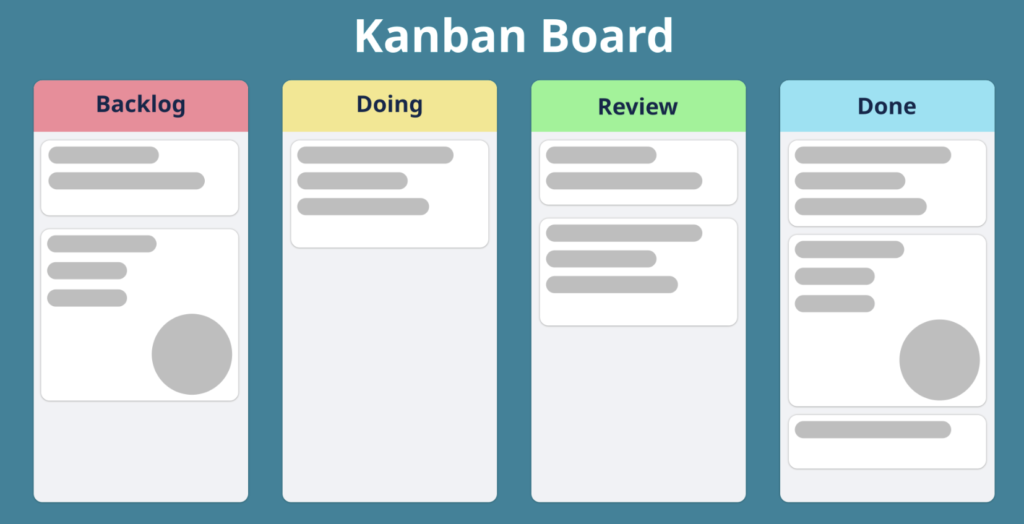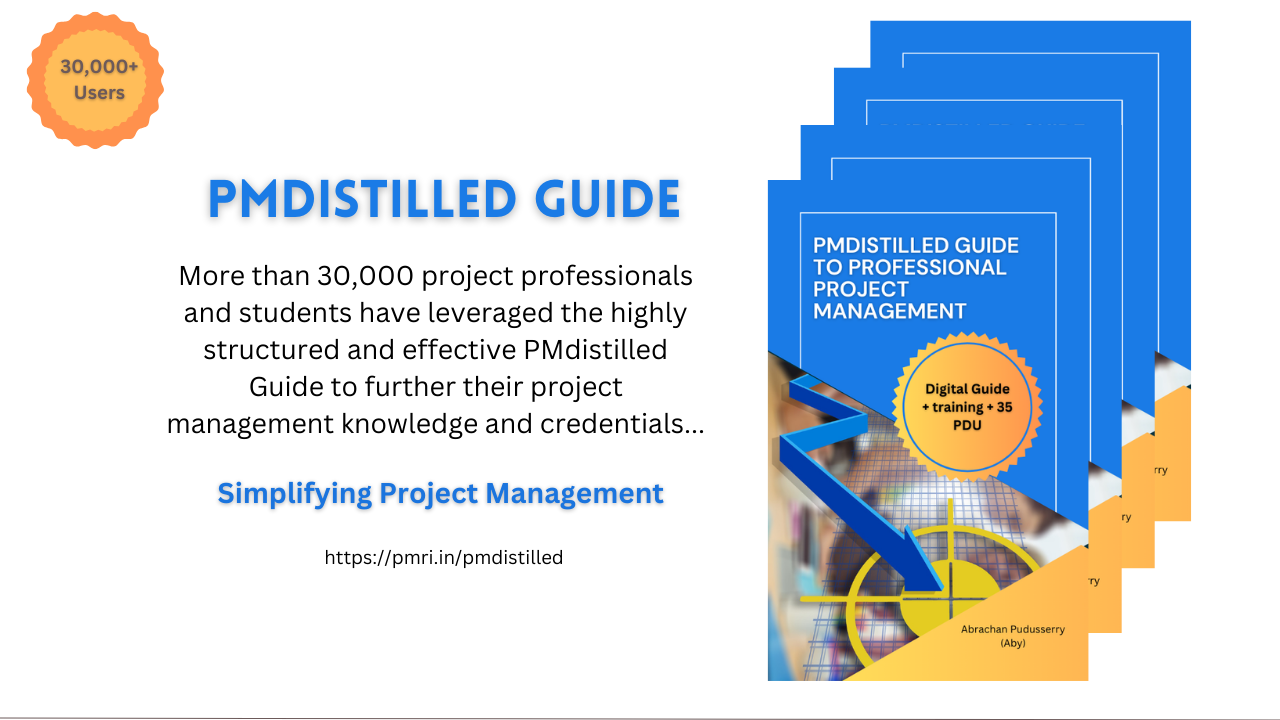In construction, a Look-Ahead Plan is a forward-looking scheduling tool that helps ensure a project stays on track and that all stakeholders are aware of upcoming activities and milestones. These plans are typically prepared for the short term (often 1 to 4 weeks in advance) and provide detailed guidance on the work that will be executed, the resources needed, and the potential risks or challenges that may arise. Look-ahead plans are used for proactive project management, helping teams anticipate issues, plan for necessary resources, and maintain momentum.

Key Components of a Look-Ahead Plan
- Timeframe:
- A Look-Ahead Plan usually covers a short-term window, such as one week to one month, and it is updated regularly (typically weekly or bi-weekly). The goal is to ensure that teams have a clear understanding of what needs to be done in the immediate future.
- Tasks and Activities:
- The plan outlines the specific activities or tasks scheduled for the upcoming period. These tasks are typically broken down into manageable work packages (e.g., excavation, formwork, steel erection, plumbing, electrical work).
- Critical tasks or activities that are crucial for the progression of the project are emphasized.
- Resources and Staffing:
- The Look-Ahead Plan identifies the resources (e.g., labor, equipment, materials) required for the upcoming activities.
- It also ensures that the necessary manpower is scheduled, with sufficient crew available for each task.
- Equipment and material deliveries should be confirmed to avoid delays.
- Dependencies and Coordination:
- The plan highlights any interdependencies between tasks, especially where one activity is dependent on the completion of another. This ensures that the sequence of work is clear and that activities are coordinated properly.
- Coordination with subcontractors or different teams is also detailed in the plan.
- Safety and Risk Management:
- The Look-Ahead Plan should include information about safety considerations for the upcoming activities (e.g., necessary safety measures, potential hazards, PPE requirements).
- Identifying and mitigating risks such as weather disruptions, supply chain issues, or safety concerns is key. Potential bottlenecks or challenges should be flagged early.
- Milestones and Deadlines:
- Project milestones (e.g., concrete pour, structural completion, inspection dates) that are approaching should be highlighted to ensure proper preparation.
- The Look-Ahead Plan also outlines specific deadlines and target dates for activities to maintain the project schedule.
- Work Packaging and Sequencing:
- The Look-Ahead Plan often includes a detailed sequence of work, ensuring that construction tasks are carried out in the proper order. This is crucial for avoiding conflicts (e.g., installing electrical before walls are constructed) and minimizing delays.
- Work packaging also ensures that large, complex activities are broken down into smaller, manageable parts.
- Logistics and Site Management:
- Logistical coordination is essential for material handling, deliveries, and storage. The Look-Ahead Plan may include notes on material procurement, site access points, storage areas, and transportation schedules.
- Site management, including the positioning of equipment, temporary facilities, and safety barriers, should be outlined.
- Inspections and Approvals:
- The Look-Ahead Plan often highlights required inspections and approvals needed for ongoing or upcoming work, such as building inspections, quality control checks, or regulatory approvals.
- Permit approvals and any necessary documentation should be tracked to ensure compliance.
- Issues and Actions:
- It is common to include a section for identified issues (such as delayed material shipments or subcontractor scheduling conflicts) and the actions that will be taken to address them before they impact the project.
- Any outstanding items or tasks from previous periods that need to be carried over should be flagged.
Benefits of Look-Ahead Plans
- Enhanced Communication: Look-Ahead Plans improve communication across all stakeholders, including project managers, contractors, subcontractors, suppliers, and other team members, by providing clear expectations and requirements.
- Proactive Issue Resolution: By identifying potential problems or risks early, the team can take corrective actions before they disrupt the project schedule. This includes identifying potential delays (e.g., weather-related or supply chain issues) and planning alternative strategies.
- Better Resource Allocation: A Look-Ahead Plan helps ensure that the right resources are available at the right time, reducing idle time for labor and equipment. It also ensures that material deliveries and subcontractor availability are well coordinated.
- Schedule Control: By looking ahead, the project team can ensure that activities are sequenced properly, which helps keep the project on schedule and prevents bottlenecks.
- Increased Productivity: With clear visibility into the upcoming work, crews can be better prepared for tasks, reducing downtime and improving overall project efficiency.
- Safety Improvements: The plan allows teams to anticipate safety hazards and take precautions before tasks begin. Safety requirements for each task can be addressed, and inspections can be scheduled proactively.
Types of Look-Ahead Plans in Construction
- Weekly Look-Ahead:
- Typically used for the immediate upcoming week, focusing on daily or weekly tasks. It includes specifics on labor needs, material deliveries, and any inspections or safety audits.
- Two-Week Look-Ahead:
- A slightly longer-term plan, providing more detailed scheduling and resource allocation for the next two weeks. It may include more detailed coordination with subcontractors and suppliers.
- Four-Week Look-Ahead:
- Often used for larger projects where planning needs to extend further into the future. The four-week look-ahead will typically identify critical path activities, milestones, and logistics for the next month.
Look ahead plans monitored and controlled with kanban boards are very effective in achieving project milestones


